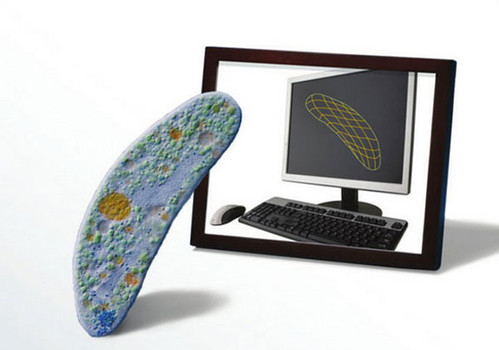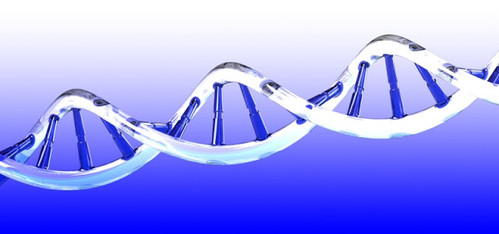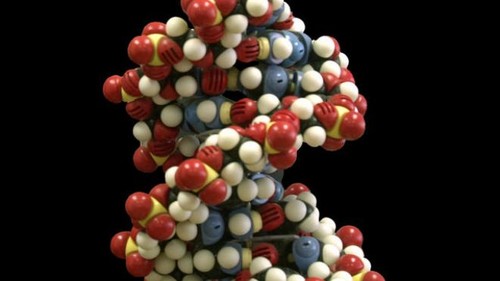The First Biological Transistor Made From DNA And RNA

The first biological transistor, the biological analog of the digital transistor, made from DNA and RNA have been recently developed by the Biotech engineers at Stanford University. Like a usual transistor, which controls the flow of electrons in an electrical circuit, a biological transistor (aka a transcriptor) controls the flow of an enzyme as it moves along a strand of DNA. These cellular building blocks could be used to do anything from monitoring their environment to putting in action processes in the cells and stopping them. Jerome Bonnet, a leading author of the study reports that “Transcriptors are the key component behind amplifying genetic logic.” These devices allow for logical operations, such as “if this-then that” commands, one of three basic functions of computers (the other two being storing and transmitting information). With this development we are one step closer to a Singularity-related aim of biological computers that can detect changes in a cell’s environment, keep a record of that change in memory made of DNA, and then trigger some feedback. The potential applications of for real biological computers are limitless: biological computers might be used as an early-warning system for disease, or as a diagnostic tool (in case a patient has consumed excess amounts of sugar) biological computers could tell their host cells to stop producing insulin, to pump out more adrenaline, to reproduce some healthy cells to fight a disease, or to stop reproducing if cancer is spotted.
Via:livescience.com


| Tweet |










